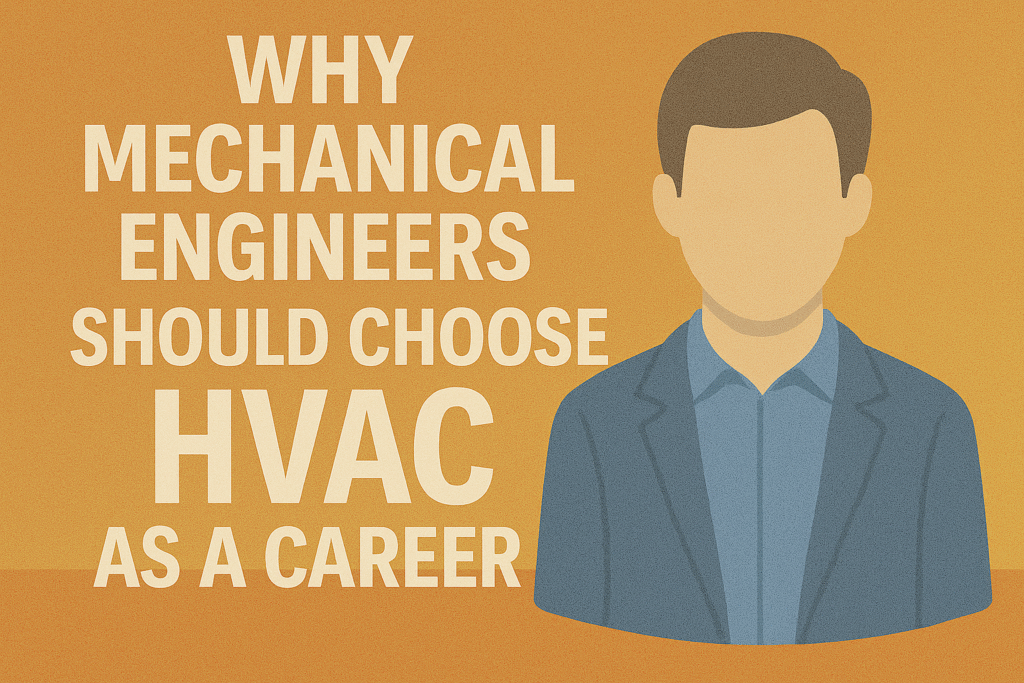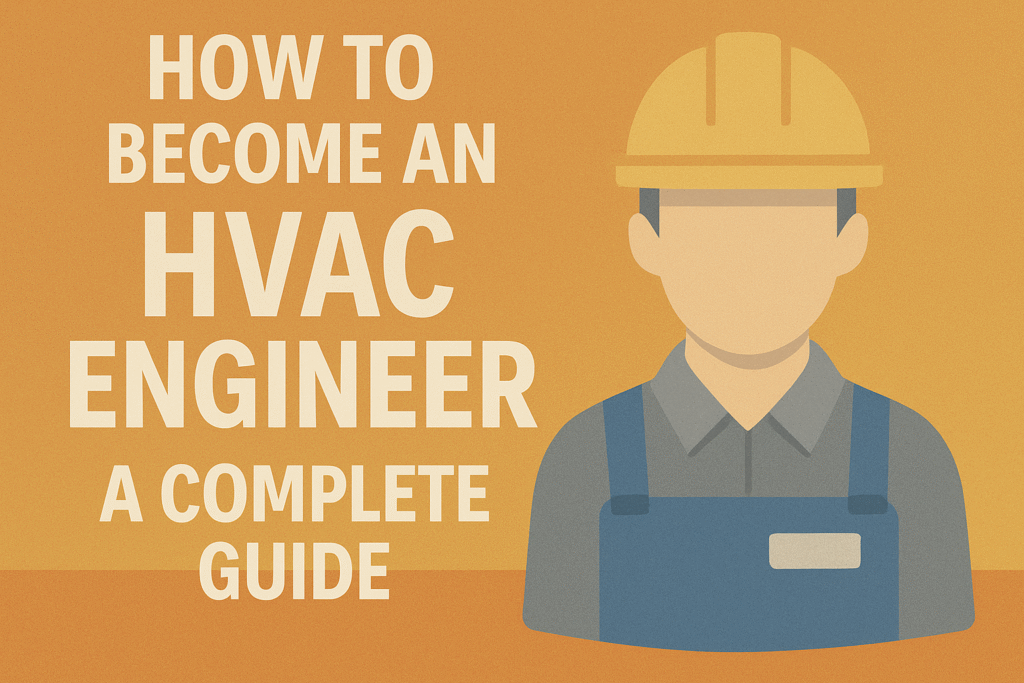Is your air conditioner running but not cooling your home? You’re not alone. Every summer, countless homeowners face this issue, especially when the AC is working nonstop in extreme heat. A poorly performing AC not only creates discomfort but also increases your electricity bill and shortens the system’s lifespan if left unresolved. This problem can often be summarized as AC Not Cooling Properly.
In this comprehensive guide, we’ll explore the 10 most common reasons your AC isn’t cooling properly—and the solutions to fix each one. From simple DIY checks to problems that need professional help, we’ve got you covered in identifying why your AC Not Cooling Properly may be happening.
10 Common Reasons & Fixes for AC Not Cooling Properly
Is your AC running, but the AC not cooling properly? This common issue can stem from a variety of causes. Dirty air filters, low refrigerant levels, blocked condenser coils, or thermostat issues are often to blame. Sometimes, it’s as simple as a tripped circuit breaker or a dirty evaporator coil. Regular maintenance and timely checks can prevent most of these problems. In this guide, we’ll explore 10 common reasons why your AC may not be cooling effectively—and how to fix each one.
Dirty or Clogged Air Filters
The Problem:
Air filters are designed to trap dust, pollen, and airborne particles. Over time, they get clogged, restricting airflow and making it difficult for your AC to distribute cool air effectively. The result? Poor cooling and overworked components.
The Fix:
Check the air filter every month and replace it every 1–3 months depending on your usage. If you have pets or suffer from allergies, consider using high-efficiency filters (MERV 8–13) and changing them more frequently. A fresh filter alone can significantly improve cooling performance.
Low Refrigerant Levels (Leaking Freon)
The Problem:
Refrigerant is the fluid responsible for absorbing heat from your indoor air. A leak means your AC can’t remove heat effectively, which leads to warm air from vents, ice buildup on coils, and strange hissing or bubbling sounds.
The Fix:
Don’t attempt to fix refrigerant leaks yourself. Always call an EPA-certified HVAC technician. They’ll locate and repair the leak, then recharge the system with the correct amount of refrigerant.
Frozen Evaporator Coils
The Problem:
When airflow is restricted or refrigerant levels are low, the evaporator coil can get too cold and cause moisture to freeze. This ice buildup prevents heat exchange, causing poor cooling or no cooling at all.
The Fix:
Turn off the AC and switch the fan on to melt the ice. Then, inspect and replace dirty filters, open blocked vents, and ensure airflow is not restricted. If freezing persists, call a technician to inspect refrigerant levels or the blower motor.
Dirty Outdoor Condenser Coils
The Problem:
The condenser unit outside your home releases the heat absorbed from inside. If the coils are covered in dirt, dust, or leaves, heat cannot escape efficiently—reducing cooling power and increasing strain on your AC.
The Fix:
Turn off power to the unit and gently wash the coils with a garden hose. Avoid pressure washers as they can bend the fins. Clear debris around the condenser and maintain at least 2 feet of clearance.
Thermostat Issues
The Problem:
Sometimes the AC is fine, but the thermostat is not. Incorrect settings, dead batteries, or faulty calibration can all prevent your AC from working properly.
The Fix:
Make sure the thermostat is set to “Cool” and the temperature is lower than the current room temperature. Replace batteries if it’s battery-operated. Consider upgrading to a programmable or smart thermostat for improved control and efficiency.
Leaky or Poorly Insulated Ductwork
The Problem:
Your AC may be cooling, but the cold air is leaking through holes or cracks in the ducts before reaching the rooms. This reduces cooling efficiency and raises energy bills.
The Fix:
Inspect accessible ducts for signs of wear and seal small gaps with mastic tape (not regular duct tape). For a full inspection and sealing, hire an HVAC technician.
Blocked or Closed Vents
The Problem:
Sometimes furniture, rugs, or curtains block air vents, or vents are closed in unused rooms. This disrupts air circulation and reduces cooling in occupied areas.
The Fix:
Ensure that supply and return vents are open and unobstructed. Clean vents regularly and adjust dampers for balanced airflow across rooms.
Oversized or Undersized AC Unit
The Problem:
An oversized AC cools the room too quickly and shuts off before dehumidifying the air. An undersized unit struggles continuously but can’t maintain a cool temperature.
The Fix:
Have an HVAC technician perform a load calculation to determine the right unit size based on your home’s square footage, insulation, and climate. If your current unit is too large or too small, replacement may be necessary for optimal comfort and efficiency.
For help with sizing, check out our guide: How to Choose the Right AC Size for Your Room
Electrical Issues (Tripped Breaker or Faulty Components)
The Problem:
If your AC stops running or won’t turn on, you might be dealing with a tripped breaker, blown fuse, or failing electrical parts like capacitors or relays.
The Fix:
Check and reset the breaker, but if it trips repeatedly, call a professional. Electrical problems can be dangerous and should always be handled by licensed technicians.
Aging AC System (End of Lifespan)
The Problem:
Most air conditioners last 10–15 years. As they age, components wear out, efficiency drops, and repairs become more frequent. Cooling performance suffers as a result.
The Fix:
If your AC is nearing the end of its lifespan, it might be time to replace it. Look for models with a high SEER rating (Seasonal Energy Efficiency Ratio) to lower energy costs and boost cooling performance.
When to Call a Technician
If basic maintenance like changing filters, clearing vents, or adjusting the thermostat doesn’t help, it’s time to call a certified HVAC technician. Issues like refrigerant leaks, electrical faults, or failing compressors need expert attention.
Bonus Tip: Schedule Annual Maintenance
Prevent future issues with regular professional tune-ups. Technicians clean coils, check refrigerant, lubricate moving parts, and catch problems early. It’s a small investment that extends your system’s life and keeps it running efficiently.
Conclusion
When your AC Not Cooling Properly, it’s easy to feel frustrated—but understanding the common causes can help you troubleshoot quickly. Whether it’s a clogged filter or a more serious refrigerant issue, timely action can save money and keep your home cool.
Start with simple DIY steps, and don’t hesitate to call an expert for bigger issues. And remember: prevention is the best cure—so schedule that annual AC maintenance before the summer hits.
Did this guide about AC Not Cooling Properly help you? Share your thoughts or questions in the comments below!


